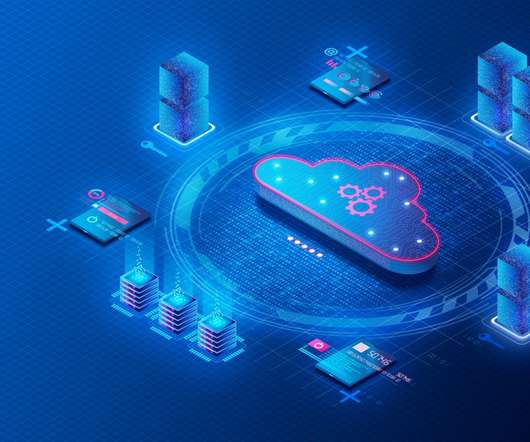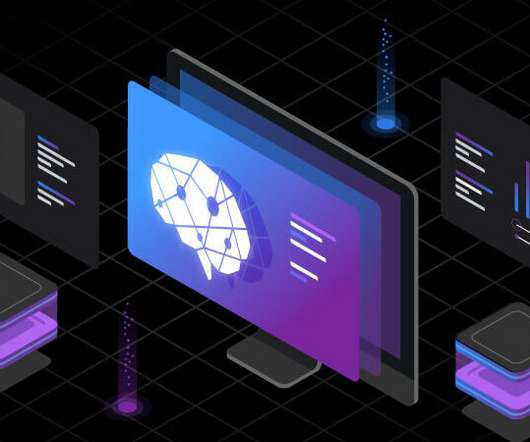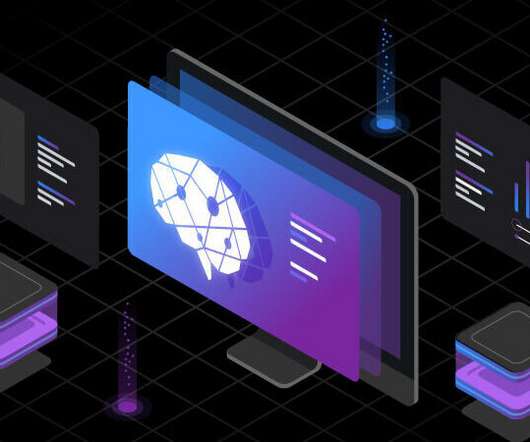What is IT operations analytics? Extract more data insights from more sources
Dynatrace
MAY 1, 2023
Then, big data analytics technologies, such as Hadoop, NoSQL, Spark, or Grail, the Dynatrace data lakehouse technology, interpret this information. Here are the six steps of a typical ITOA process : Define the data infrastructure strategy. Choose a repository to collect data and define where to store data.












Let's personalize your content